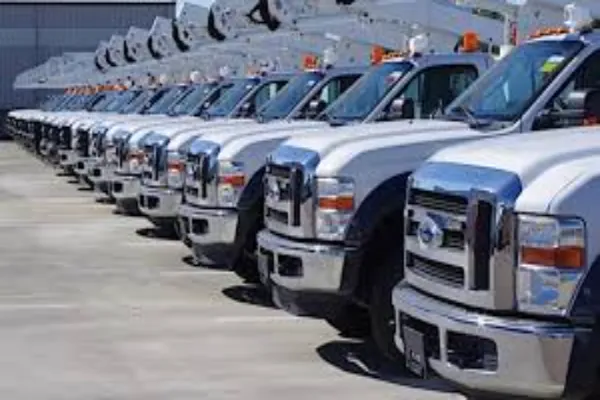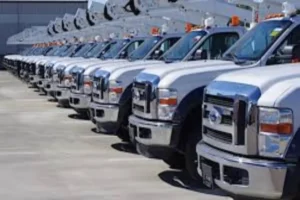When to Consider CNG conversion: Fleet Size, Usage, & Savings

Fuel costs keeping you up at night?If you’re managing a commercial fleet, you already know the math: more miles, more fuel, more money flying out the door every month. And while gas prices spike and fall unpredictably, there’s one trend that’s steady: smart fleet managers are switching to CNG conversion—and they’re doing it sooner rather than later.
But here’s the catch: CNG (compressed natural gas) isn’t a one-size-fits-all solution. So when does it actually make sense?
Let’s break it down by the three key factors that matter: fleet size, vehicle usage, and cost savings.
Fleet Size: How Big Is Big Enough?
Let’s get this out of the way: you don’t need to be UPS to make CNG conversion work.
While massive fleets were early adopters, the economics now make sense for mid-size and even small commercial fleets—especially if those vehicles run consistent routes or operate in high-mileage environments.
As a rule of thumb:
- Fleets with 10+ vehicles see the most immediate ROI.
- Larger fleets (50+) benefit even more from bulk fueling and maintenance consolidation.
- Small fleets (under 10) may still find CNG attractive if mileage is high and usage is steady.
Vehicle Usage: Are You Racking Up the Miles?
Here’s where CNG really shines: high-mileage, consistent-use vehicles.
The more you drive, the faster the fuel savings stack up. Think:
- Delivery vans
- Shuttles and transit vehicles
- Work trucks for utility companies or municipalities
- School and city buses
- Waste collection fleets
In other words, vehicles that rack up miles daily, often on predictable routes—making refueling logistics easier.
If your vehicles are idling a lot or constantly running, CNG also helps reduce wear on the engine. Natural gas burns cleaner than gasoline or diesel, leading to fewer deposits and potentially longer engine life.
Savings: What’s the Real ROI on CNG?
We’ll cut to the chase: fuel cost savings are substantial.
CNG is historically 30-50% cheaper than gasoline or diesel, depending on your market. That’s not a rounding error—it’s real money, especially across a large fleet.
Add in:
- Lower maintenance costs (due to cleaner combustion)
- Tax incentives and grant opportunities
- Potential access to dedicated fueling infrastructure
…and the financial case becomes clear.
Sure, CNG conversion does require upfront investment. But most fleets see payback within 24–36 months, especially with current fuel price volatility.
Other Factors to Consider
Before you make the switch, don’t forget to think about:
- Refueling infrastructure: Will you use public stations or install a private one on-site? GES can help with both.
- Vehicle compatibility: Most light-, medium-, and heavy-duty vehicles can be retrofitted, but not all.
- Driver training: Minimal, but needed. Fueling procedures are slightly different than gas or diesel.
- Regulatory compliance: Many states now encourage or mandate lower emissions—CNG vehicles check that box.
So, When’s the Right Time to Convert?
Simple: when fuel costs are hurting, mileage is high, and your fleet isn’t going anywhere anytime soon.
If you’re planning to operate your vehicles for at least 3–5 more years, and you’re ready to reduce emissions while saving on fuel, CNG conversion is more than just a green option—it’s a financially smart one.
And with the right partner you’re not navigating the process alone. They’ll assess your fleet, plan your infrastructure, and handle the technical heavy lifting from start to finish.
Final Word
Switching to CNG isn’t just a sustainability move—it’s a strategy. One that helps fleets get leaner, cleaner, and more predictable in a world where everything else—from fuel prices to supply chains—is anything but.
If your fleet is burning through cash with every tank, maybe it’s time to rethink what’s fueling your business.






